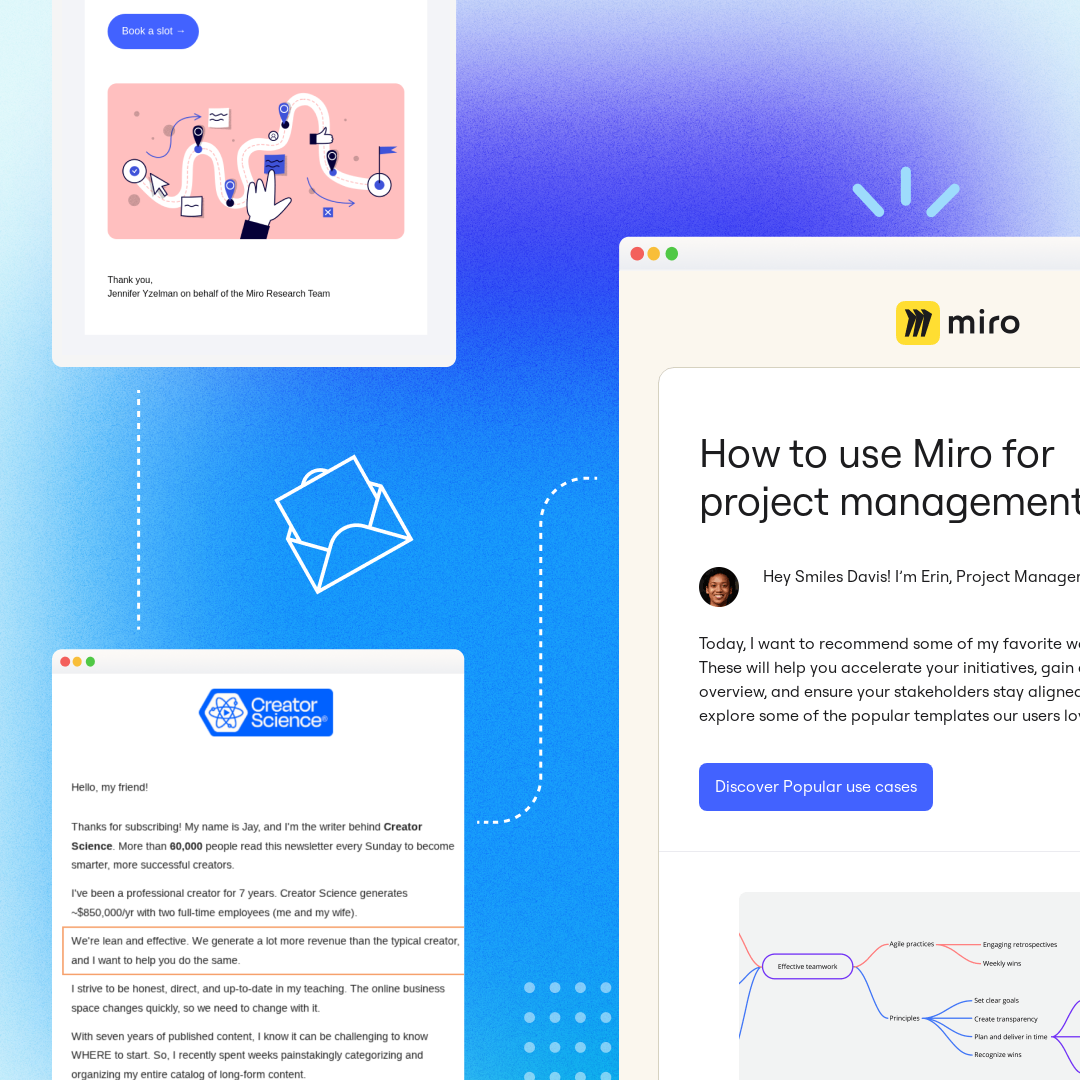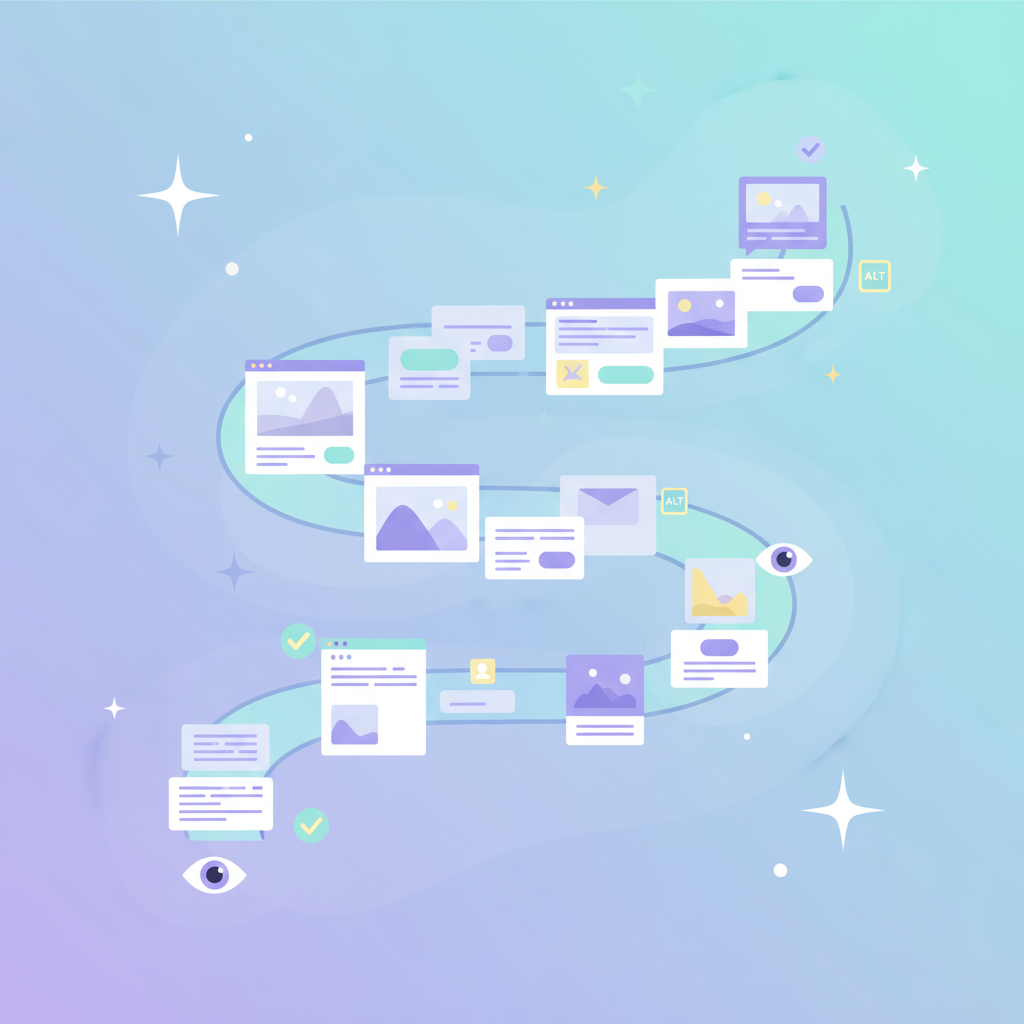
Your email signature is an important component of any marketing email — it provides essential information to the reader and is your last chance to get in some brand recognition before the email ends. Email signatures for business add a touch of professionalism; they act almost as a digital business card, offering ways for people to get in touch with you.What do you need to include in your email signature? How can you utilize colors, logos and other design elements to add a little pizzazz? Let’s look at some sample email signatures for business that can help answer these questions and inspire your own email sign-off.
#1. Include a photo like PinchMe
Many of the best email signatures for 2019 have photos. Including a photo of yourself in your email signature can help remind the reader that the email was sent by a real person. Most people are very visual, so an image can grab their attention and add a sense of intimacy, creating a personal connection between you and the reader. When you’re choosing a photo, select a simple headshot with an uncluttered background like Jennifer from PinchMe did here. Make sure to build the image into the structure of the email in a way that makes sense, too; PinchMe used a text box to make it appear as if the words came straight from Jennifer’s mouth.

#2. Use humor like Sendinblue
Axel from Sendinblue has a simple email signature with a lot going for it. His signature includes his title (“Growth hacker”) and a photo of himself. Something else this signature includes is humor, with Axel making a self-deprecating jab. If it’s on-brand, don’t be afraid to include a little humor in your sign-off — poking fun at yourself is a way to immediately make people more comfortable.

#3. Consider a sign-off like Dr. Ruscio
Many people like to end their emails with a brief sign-off such as “Best Regards.” Is this a good idea? The answer really depends on your brand. Often, phrases like “Yours truly” or “Sincerely” can come across as platitudes and don’t really add much to your email. If you do decide to go with an email sign-off, choose one that ties in with your brand. Dr. Michael Ruscio ends his emails with “In health,” which makes sense considering his profession. Be strategic if you include a sign-off in your email signature.

#4. Use your actual signature like CoSchedule
Marketing platform CoSchedule sends emails from employee Mia, who closes her emails with a simple image of her actual signature. This is another way to add a personal touch to your email, and it’s also easy to do — just write your signature on a piece of paper, scan it into the computer, and save the file as an image (or use an online tool such as Signature Creator for an even simpler process). When you create your email with BEE’s free email templates, include the image at the bottom.

#5. Include a quote like Tony Robbins
In general, you should avoid email signature quotes; less is more, and since quotes can get pretty lengthy, it’s typically best to stay away from them. Overused famous quotes can come across as cheesy, too. But there’s nothing wrong with including one short, punchy phrase like author and coach Tony Robbins does. Tony ends his emails by saying “Live with passion!” before finishing with his signature. This works because the phrase is his personal mission statement and concisely sums up everything he stands for. Likewise, you might want to identify a similar brief on-brand statement to use in your own emails.

#6. Add social media like Boris
Email marketers often debate what the best email signatures should include. You have several options when it comes to what to add:
- Name
- Job title
- Company address
- Phone number
- Email address (some email services don’t show the sender email)
- Website or blog
- Social media links
- Confidentiality notice (this states that the message should be read only by the intended recipient and cannot be shared)
The type of business you're in will help you determine which of these to include. For example, an e-commerce company doesn’t need to provide an address, while an influencer may care more about pointing people to Instagram than to a website. Instead of adding everything you can think of, choose what links are most important for you and include only those. For Boris from The Next Web, that was his job title, email address and Twitter.

#7. Consider logo and layout like ClickUp
Including not only a photo of yourself, but also the image of your company’s logo is another way to increase brand awareness through your email signature. Getting your logo in front of people as much as possible is a great way to heighten brand recognition.The layout of your email signature is also something that should not be taken lightly. The best email signatures for business are structured in a way that’s easy to take in at a glance; Katie from ClickUp designed her email signature with the company information on the left and her own information laid out neatly on the opposite side.

Wrap-Up: Best email signatures for business
With BEE’s email templates, it’s easy to create email signatures for business; just select a template and add the elements of your signature at the bottom (check out this video tutorial that shows how to make an email signature in the BEE editor). Thanks to BEE’s free email signature templates, you can create effective emails that help your customers get in touch with you and increase brand recognition!



